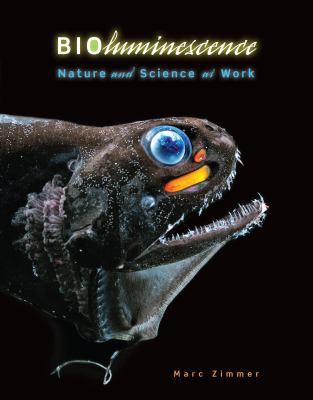
Book
|
Bioluminescence : nature and science at work
Copies
2 Total copies, 2 Copies are in,
0 Copies are out.
Title
Bioluminescence : nature and science at work
Call No
572 Zim
Authors
Language
English
Published
Minneapolis, MN : Twenty-First Century Books, 2016.
Publication Desc
72 p. : color illustrations ;
ISBN
9781467757843
(hc. : lib. bdg. : alk. paper)
LCCN
2014025675
Dimensions
25 cm.









